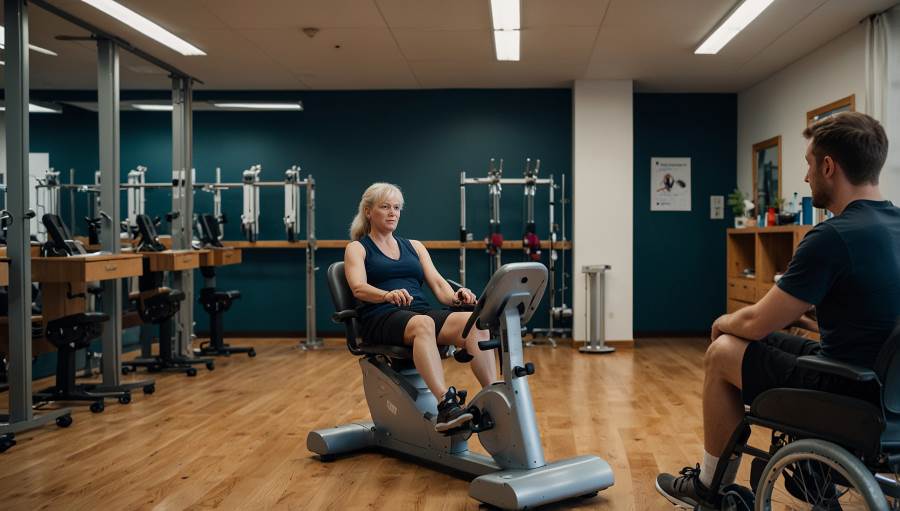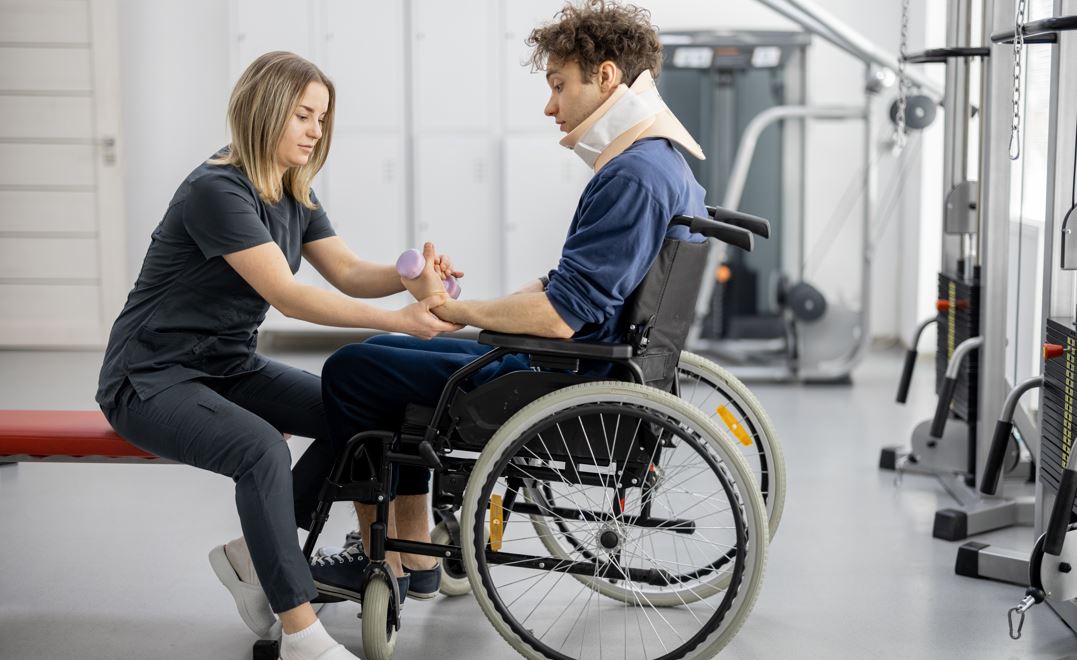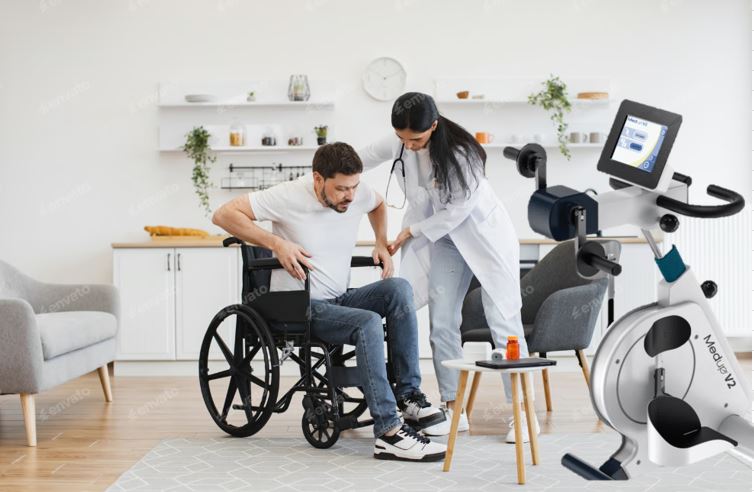Physiotherapy clinics are always looking for ways to improve patient outcomes, optimize staff time, and differentiate their services. One of the most effective and increasingly popular tools in modern rehab settings is the advanced cycle trainer—a smart, motor-assisted exercise system designed to support a wide range of rehabilitation needs. Integrating this technology into your clinic […]
Reducing Spasticity and Improving Circulation: The Benefits of Passive-Active Movement for Neuromuscular Disorders
For individuals living with neuromuscular disorders, managing symptoms like spasticity, muscle stiffness, and poor circulation is an ongoing challenge. Conditions such as multiple sclerosis (MS), cerebral palsy, spinal cord injuries, and post-stroke impairments often result in muscle tightness and involuntary contractions that can affect mobility, comfort, and overall quality of life. One effective approach to […]
Overcoming Muscle Weakness from Injury or Illness: Why Assisted Cycling is a Game-Changer
Muscle weakness is a common challenge for individuals recovering from injuries, surgeries, or long-term illnesses. Conditions like stroke, spinal cord injuries, or prolonged hospital stays can lead to muscle atrophy, reduced mobility, and overall physical decline. One of the most effective ways to regain strength and function is through movement therapy—specifically assisted cycling. This approach […]
Wheelchair Cycling for Rehabilitation: Restoring Strength After Injury
Recovering from an injury or surgery can be a challenging journey, but modern technology is helping make the process a lot smoother. Wheelchair cycling, particularly with active-passive cycle trainers, is gaining recognition as an effective rehabilitation tool. This method of rehabilitation allows patients to safely restore strength, improve circulation, and regain mobility, even when they […]
Breaking Barriers: How Assisted Cycling Empowers People with Disabilities
For individuals with physical disabilities or injuries, traditional fitness routines can be inaccessible, leaving many feeling excluded from the benefits of regular exercise. Assisted cycling is changing that narrative, offering a pathway to mobility, independence, and connection. Whether used in rehabilitation centers, homes, or community programs, this innovative approach is empowering people to overcome limitations […]




